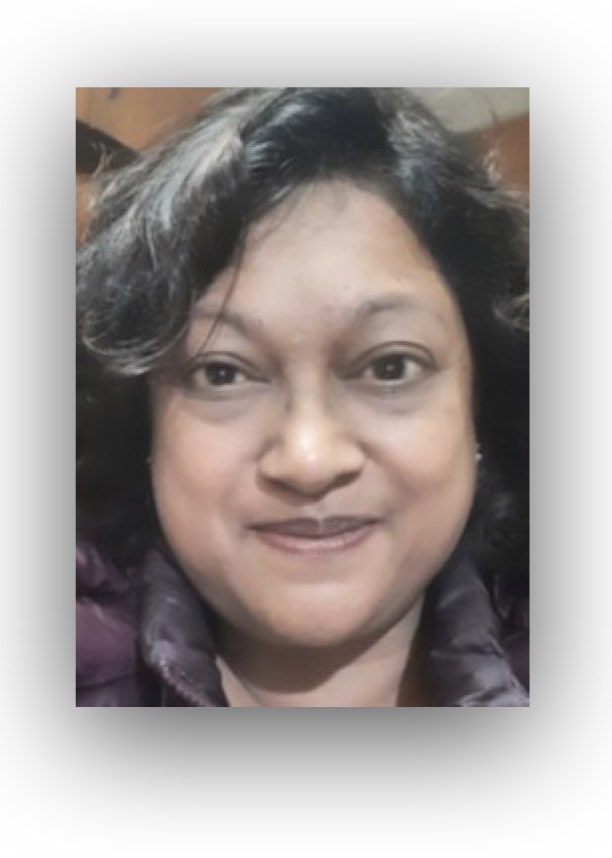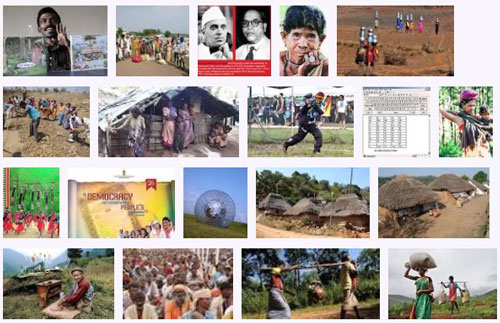
Dr. Ivy Hansdak clarifies that during the early twentieth century, “two main streams within Indian anthropology influenced the literary and visual representations of tribes by mainstream writers, artists and film-makers. One group was led by GS Ghurye (the assimilationist position) and the other by Verrier Elwin (the isolationist position). Later, Elwin shifted to the intergrationist position. According to the former, tribes were seen as ‘backward Hindus’ and an attempt was made to assimilate them into the Hindu fold. The identity of tribals as ‘vanavasi‘ comes from this position. Elwin, on the other hand, wanted to preserve their distinctive culture and often glorified them as the Noble Savage. Elwin’s views influenced Pandit Nehru’s tribal policy. Today, most tribals are being clubbed together with the scheduled castes (SC or dalit) with whom they share reservation in college admission and jobs. In the government documents, ‘SC/ST‘ are usually written together. The certificate that is issued to those claiming reserved status is also called ‘caste certificate’.” (email dated 26 April 2023)
Find publications by reputed authors (add “open access” for freely downloadable content)
PDF-repository: texts quoted & further reference (Google Drive) >>
